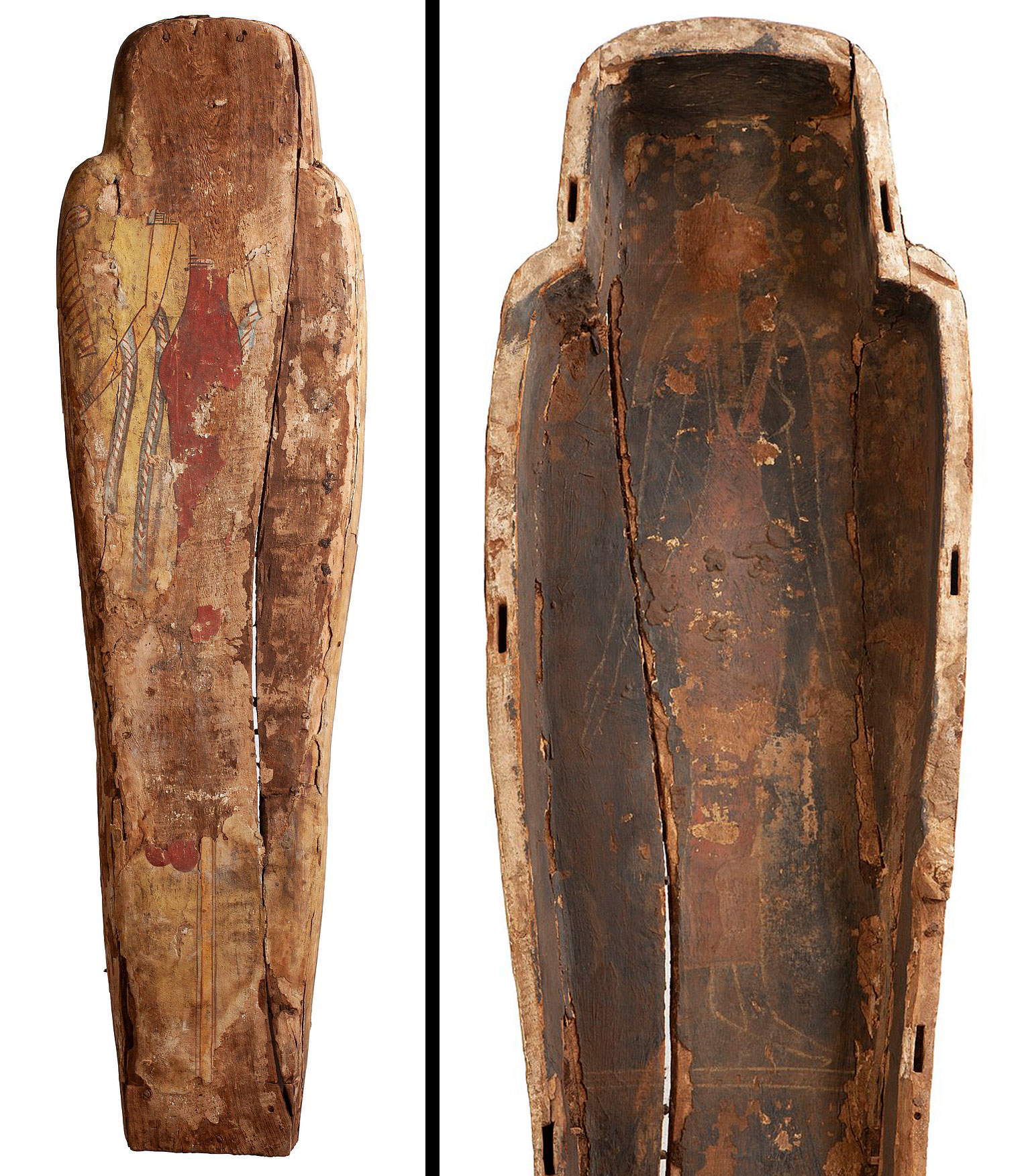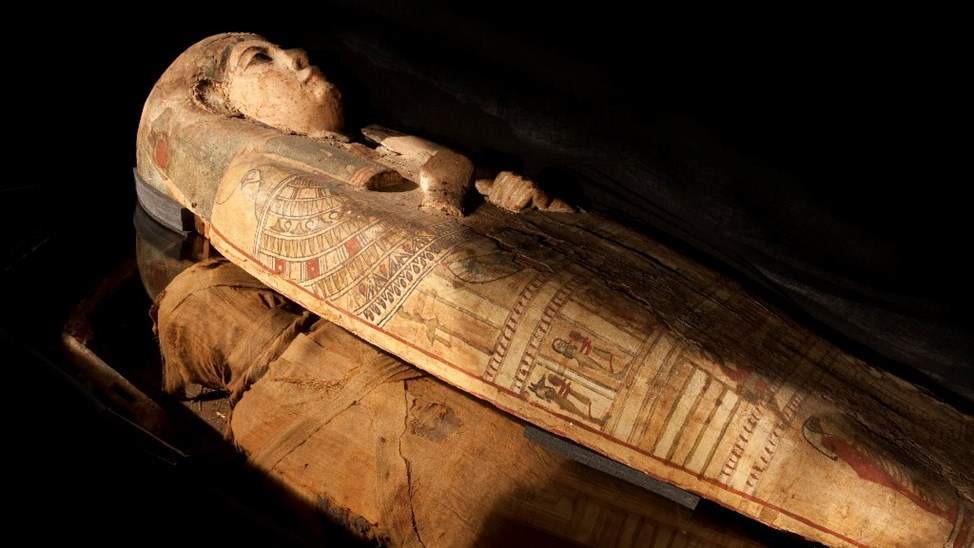Scotland, surprising paintings discovered inside an almost 3,000-year-old Egyptian sarcophagus
Archaeologists at the Perth Museum and Art Gallery in Perth, a Scottish town of 50,000 people located between Edinburgh and Dundee, have made a surprising discovery: they have found paintings inside an Egyptian sarcophagus dating back nearly 3,000 years (according to studies it should be between 760 and 525 B.C.) and housing the remains of Ta-Kr-Hb, a woman (probably a priestess or princess of ancient Thebes). According to Scottish scholars, such a discovery had not occurred in about 100 years. The discovery came about during a restoration project aimed at improving the state of preservation of the find (in fact, an exhibition of the sarcophagus and mummy is planned for 2022), which is very fragile: the goal is to stabilize the condition of the mummy to prevent it from deteriorating in the future (the cost of the project amounts to more than £16,000, and the museum has also activated a crowdfunding campaign to support it).
Researchers think the figures are representations of Amentet (or Imentet), a tutelary Egyptian goddess of the western Nile necropolises (so much so that she is known as the “lady of the west”). According to Mark Hall, curator at the Perth Museum and Art Gallery, “it was a great surprise to find these paintings,” as he told the Press Association news agency. “We’ve never had any reason to lift the lid of the sarcophagus so high enough to see them, nor had we ever extracted the mummy before, so this was completely unexpected.” The discovery of the sarcophagus was about 100 years ago (it was later donated in 1936 to the Perth Museum), and indeed no one had noticed the paintings since. Hall also explained that “having a sarcophagus with paintings both inside and outside is also an important incentive to share something really special with visitors.”
The paintings are found both on the back of the lid and on the base. The best preserved one is on the base, and it is the one on which Ta-Kr-Hb’s body rested. The goddess is depicted in profile, standing, wearing a long red dress, with the typical elements of sacred depictions. The intervention will therefore be an opportunity to better study the works, and in the meantime the restoration continues. “Although both the mummy and the sarcophagus have suffered over the centuries, especially from floods and the actions of grave robbers,” said restorers Helena and Richard Jaeschke, who are in charge of the project, “they have managed to survive very well and need careful and patient treatment so that they can survive for many more years and allow everyone to see the beautiful paintings of the sarcophagus.”
 |
 |
| Scotland, surprising paintings discovered inside an almost 3,000-year-old Egyptian sarcophagus |
Warning: the translation into English of the original Italian article was created using automatic tools. We undertake to review all articles, but we do not guarantee the total absence of inaccuracies in the translation due to the program. You can find the original by clicking on the ITA button. If you find any mistake,please contact us.





























